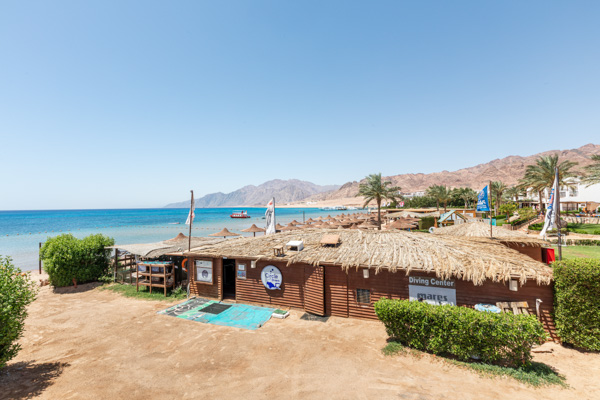Top 10 Tips for Better Buoyancy Control

Buoyancy is a fundamental concept in scuba diving, crucial in ensuring divers' safety, efficiency, and overall enjoyment of the underwater experience. It refers to the ability of an object to float in water, influenced by the object's density relative to the surrounding water. In scuba diving, mastering buoyancy control is essential but can often be difficult for some beginners. Listen to your scuba dive instructor, buoyancy will be taught at all stages of a diving course but here are some useful tips. Be patient. When adjusting your buoyancy by releasing or adding air to your BCD do it in small increments and make sure you give it time to take effect. Consider your wetsuit. Wetsuits will lose buoyancy as they get wet or the compression of air trapped inside as a result of pressure. Likewise, on your ascent a wetsuit may expand due to the pressure changes and become more buoyant. It’s best to wait until you have been in the water for a while before making any weight adjustments, especially when you are using a new wet suit or a rented suit. Also consider the thickness of the suit, the thicker the suit the more buoyant it will be. Relaxed breathing (don’t panic) slowly using your diaphragm is a key element of good buoyancy control which also allows for a full exchange of the oxygen in your lungs. This can also help you feel more relaxed when diving. Keep records of the weights you use for each dive which can provide a guideline when diving new sites. However don’t assume the weights needed will always be the same, as you increase in confidence you may need less. Aluminium or steel tanks will also affect how much weight you need with aluminium being far more buoyant. In general you need 2kg less when diving with steel tanks. Most divers when starting out are overweighted. On the surface a diver should float at eye level with the water with no air in his or her BCD but a full breath of air in their lungs. Another check is when they breathe out they should slowly descend. Ensure you stay horizontal in the water to ensure your kicks propel you forwards rather than upwards. It may often be necessary to adjust the location of your weights but you will learn this through experience. Don’t hold your breath underwater – not only is it dangerous but it will also result in extra buoyancy. Muscle is denser than fat. The more muscle built divers will tend to be less buoyant and need less weight. If you’re carrying a few extra pounds from that all-inclusive hotel food you may be more buoyant and need more weights. More weight is needed for sea dives compared to fresh water divers due to the salinity of the water. Salt water tends to be denser than fresh water. Take further training! One of the Adventure Dives of the PADI Advanced Water Course includes the Peak Performance Buoyancy Dive which can count towards your PPB Specialty Course if you wish to take it further. Similarly, taking the PPB Specialty Course as an Open Water Diver can often count towards one of the PADI Advanced Open Water Adventure Dives. You’ll learn how to perfect your buoyancy, become more comfortable underwater, and improve your air consumption – meaning more time underwater! Top 10 Tips for Better Buoyancy


